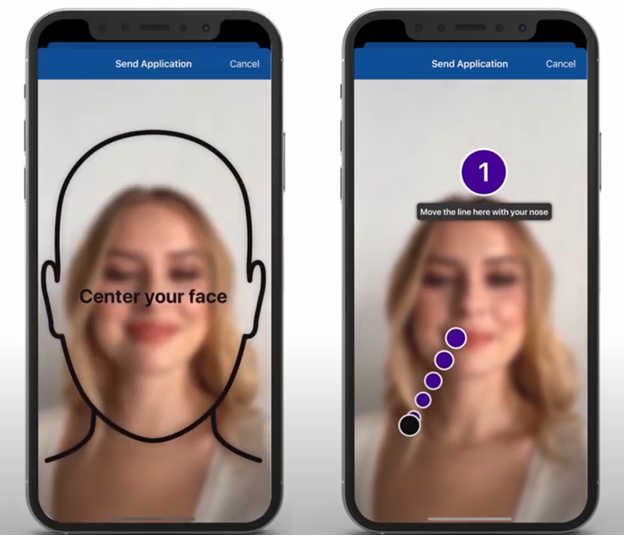
Oklahoma’s Failure in Digital IDs Highlights Lesson in Building Accessibility From the Start
Creating accessible digital products and services is no small task, but for the 42.5 million Americans with disabilities, including the 7 million American adults with vision impairment or low-vision, accessibility is vital, especially for digital government services.
Oklahoma’s mobile ID app, OK Mobile ID, allowed users to store state-issued identification like a driver's license for digital access and use it in instances where individuals would typically need to show an ID. But the Department of Justice (DOJ) found the app violated the Americans with Disabilities Act (ADA) because Oklahoma residents who are blind could not use the app. Given that more than 19 states are in the process of implementing digital IDs, Oklahoma serves as a cautionary tale on the importance of building accessibility into the system from the beginning.
In November 2023, the DOJ found in its investigation that Service Oklahoma, the state agency responsible for creating the mobile ID app, violated Title II of the ADA by “denying people with disabilities equal access” and “failing to ensure that its communications with people with vision disabilities are as effective as its communications with others.” The OK Mobile ID app was not accessible because it required users to upload photos of their physical ID and follow a series of on-screen instructions to take a selfie. As shown in Figure 1, the app required users to make a series of head and eye movements based on visual information on the screen. Completing this task is difficult, if not impossible, for users with vision impairments.
Figure 1: Screenshots from the OK Mobile ID app

On January 22, 2024, the DOJ announced a settlement agreement with Service Oklahoma that assured ADA-compliant improvements would be made. The DOJ concluded there was “no evidence that making the OK Mobile ID App accessible would result in a fundamental alteration or an undue burden to Service Oklahoma.” The app developer could have easily used a better design had it made accessibility a priority at the outset and engaged in more inclusive user testing. For example, the app could have added audio instructions, such as “move your face into frame by shifting more to the right.” Fixing accessibility problems after building a product is usually much more expensive than designing it right in the first place.
Unfortunately, 17 days later, Service Oklahoma announced it was instead going to shutter the OK Mobile ID app entirely, stating, “As the necessary corrections are extensive, we are also exploring the option of decommissioning the app altogether due to a lack of use cases with the current product.” Oklahoma should have fixed the digital ID service to be accessible, not shut it down. As more state and federal government moves to mobile and web applications, it is crucial that everyone, regardless of ability, receive equal access to critical government services. Indeed, the benefits of digital IDs abound. Digital IDs like mobile driver's licenses can limit fraud and identity theft, which is especially important for those with disabilities who are particularly vulnerable to fraud, scams, and financial exploitation. Mobile apps that house digital IDs can be customized with accessibility features like screen reader compatibility, larger text, or other alternative input methods.
Service Oklahoma said it shut down the app because of a lack of use, but part of the problem was a lack of adoption by state agencies. For example, Oklahoma’s unemployment insurance system was not compatible with the OK Mobile ID app and users had to use a separate digital verification system. Individuals are not going to bother to get a digital ID if they cannot use it. Plus, as one of the early states innovating in this space, it’s normal for adoption to be low. Oklahoma isn’t alone in this problem as many governments are standing in their own way by requiring physical IDs when a state-issued digital ID would suffice. Digital IDs should be the norm, not the exception, for filing taxes, obtaining unemployment insurance, renewing voter registration, providing proof-of-age in retail stores, and more. But a state-by-state approach to digital IDs is not the right solution. Congress should pass the Improving Digital Identity Act to create a federal roadmap for deploying digital IDs. Without a federal standard, state governments will continue to create their own digital ID systems, limiting interstate use.
The OK Mobile ID app demonstrates the pitfalls of failing to consider accessibility when designing digital government services. The best path forward as states build out their digital ID systems and other digital government services is to focus on accessibility from the start.

